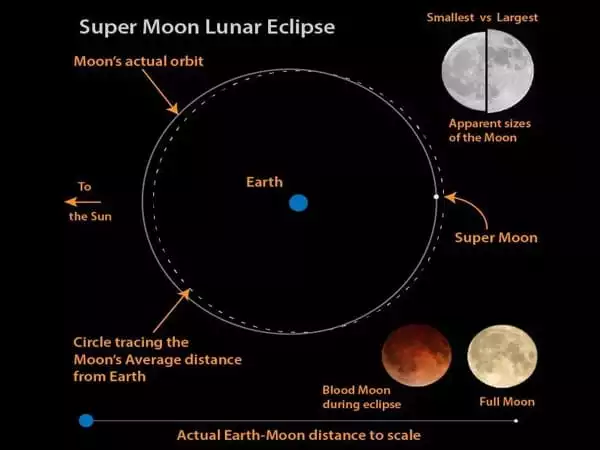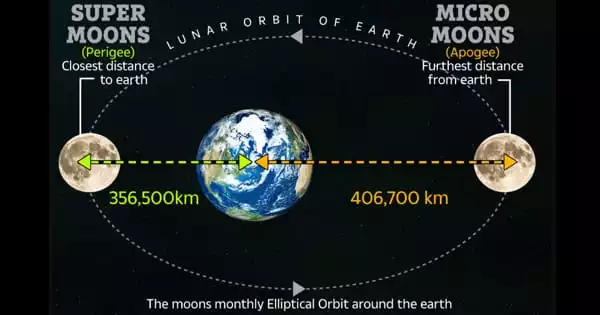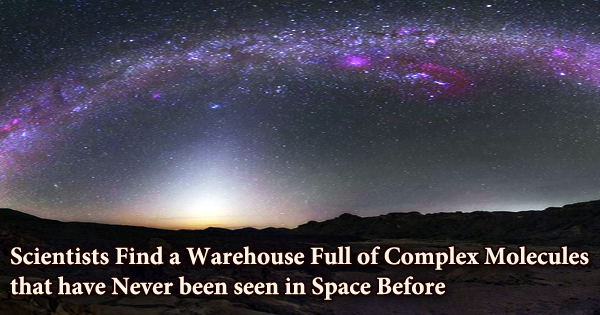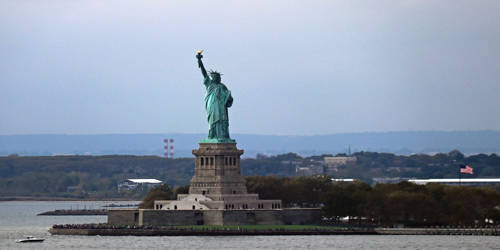When the full moon coincides with the moon’s closest approach to Earth in its orbit, it is called a supermoon. Supermoons make the moon appear brighter and closer than usual, yet the difference is difficult to detect with the human eye.
According to eclipse expert and retired NASA astrophysicist Fred Espanak and the Farmer’s Almanac, four supermoons will occur in 2022, in May, June, July, and August. Based on Espanak’s definition of a supermoon as a full moon within 90 percent of its closest approach to Earth, we have four to look forward to this year.
This year’s nearest supermoon will rise on July 13, 2022. This full moon is commonly referred to as a “Buck Moon,” while many cultures have given it alternative names. The May supermoon will be accompanied by a total lunar eclipse this year.
The phrase “supermoon” has only been used in the last 40 years, but it gained popularity in late 2016 when three supermoons happened in a row. The November 2016 supermoon was also the closest supermoon in 69 years, while a closer supermoon is expected in the 2030s.
WHAT CAUSES A SUPERMOON?
The orbit of the moon around the Earth is not a perfect circle. It is 238,000 miles (382,900 km) from Earth on average, although its apogee and perigee — the closest and farthest approaches from Earth — alter every lunar month.
“The fundamental reason why the moon’s orbit is not a perfect circle is because there are many tidal, or gravitational, forces dragging on the moon,” stated NASA’s Noah Petro, deputy scientist of the Lunar Reconnaissance Orbiter program, in a 2016 Space.com interview.
He went on to say that the gravitational pulls of the Earth, sun, and planets all have an effect on the moon’s orbit. “There are all of these distinct gravitational forces pulling and pushing on the moon, which allows us to make these near passes.”
The fundamental reason why the moon’s orbit is not a perfect circle is because there are many tidal, or gravitational, forces dragging on the moon. There are all of these distinct gravitational forces pulling and pushing on the moon, which allows us to make these near passes.
Noah Petro
A supermoon requires two essential components to occur. In its 27-day orbit, the moon must be at its closest approach, or perigee, to the Earth. The moon must also be in its full phase, which occurs every 29.5 days when the sun completely lights the moon. Because the moon’s orbit changes orientation while the Earth orbits the sun, supermoons only occur a few times a year (at most). This is why you don’t see a supermoon every month.
The moon may appear up to 30% brighter and 14% larger than usual, but the change will be difficult to detect with the human eye. “Unless you’re a really diligent moon-watcher, that’s not enough to notice,” Sky & Telescope magazine senior editor Alan MacRobert stated in a 2016 statement.
However, if the supermoon is close to the horizon, it may appear exceptionally enormous to you. But that has nothing to do with astronomy and everything to do with the functioning of the human brain. This effect is known as the “moon illusion,” and it can be caused by a number of factors. Scientists suggest that perhaps the brain is comparing the moon to nearby buildings or objects, or perhaps our brain is just wired to process things on the horizon as bigger than things in the sky.

ASTROLOGICAL ORIGINS
The phrase “supermoon” originated in astrology, a pseudoscientific discipline that analyses the movements of celestial objects to forecast human behavior and events. According to Astronomy.com, Richard Nolle coined the term in a 1979 article for Dell Horoscope magazine. Nolle defined a supermoon as “a new or full moon that occurs when the moon is at or near (within 90 percent of) its closest approach to Earth in a given orbit,” but he didn’t say where he got the 90 percent number.
However, it wasn’t until recently that the term gained popularity. According to Google Trends, the term “supermoon” was not widely used until at least 2011. The largest supermoon in 69 years, which occurred in November 2016, sparked renewed interest in the supermoon. Furthermore, the phrase appears to be more popular in specific parts of the world, most notably Southeast Asia and North America, with less interest in regions like Europe and India.
Recent astronomical phrases like “supermoon” or “black moon” (the second new moon in a month) may create a public perception of “fake events,” according to Cincinatti Observatory outreach astronomer Dean Regas in 2016. However, Regas, who also co-hosts the PBS show “Star Gazers,” believes the phrase “supermoon” is a terrific public outreach term for astronomy that may have benefits beyond the event itself.
The supermoon, he says, “is a terrific way to get the public engaged.” “It’s something people can relate to, and they can actually see.”
On Jan. 20-21, 2019, the supermoon coincided with a lunar eclipse. Lunar eclipses occur when the Earth is exactly between the sun and the moon. The moon shines brown-red because the only light it receives is reflected from Earth.
Three supermoons occurred in a row toward the end of 2016, in October, November, and December. But it was the supermoon on November 14 that drew the most attention because it was the closest in recent memory. The moon’s perigee distance from Earth was 221,524 miles (356,508 kilometers), making it the closest full moon to Earth in 69 years – particularly, since the January 26, 1948 supermoon.
A full moon that was 100 kilometers closer to Earth than in November 2016 occurred in January 1912. However, skywatchers in November 2034 will be in for a treat, since the moon will be closer than both the 1912 and 2016 moons.
















